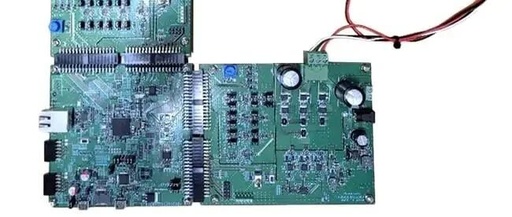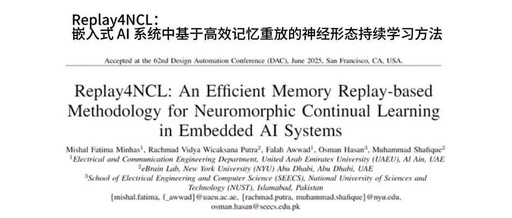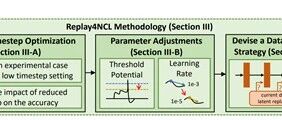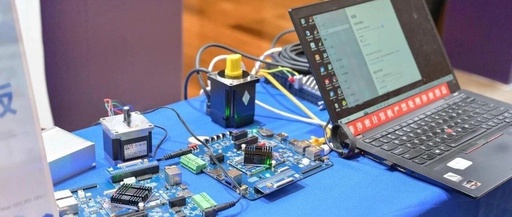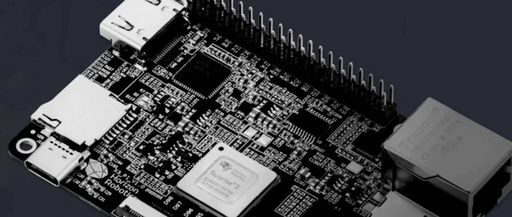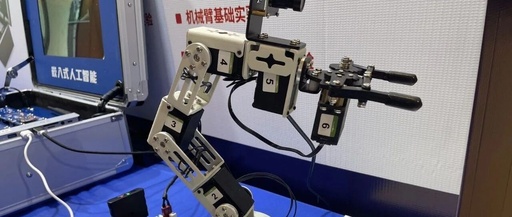Embedded AI Series – Installing RKNN-Toolkit (Twisted Pitfall Version)
★ Embedded AI Series – Installing RKNN-Toolkit (Twisted Pitfall Version) ” 1 Purpose The main purpose of installing RKNN-Toolkit is to convert existing models into the RKNN format supported by RKNPUs. As for other functionalities of RKNN-Toolkit, such as accuracy, performance, and memory usage evaluations, these are generally handled by algorithm engineers. If interested, further … Read more

